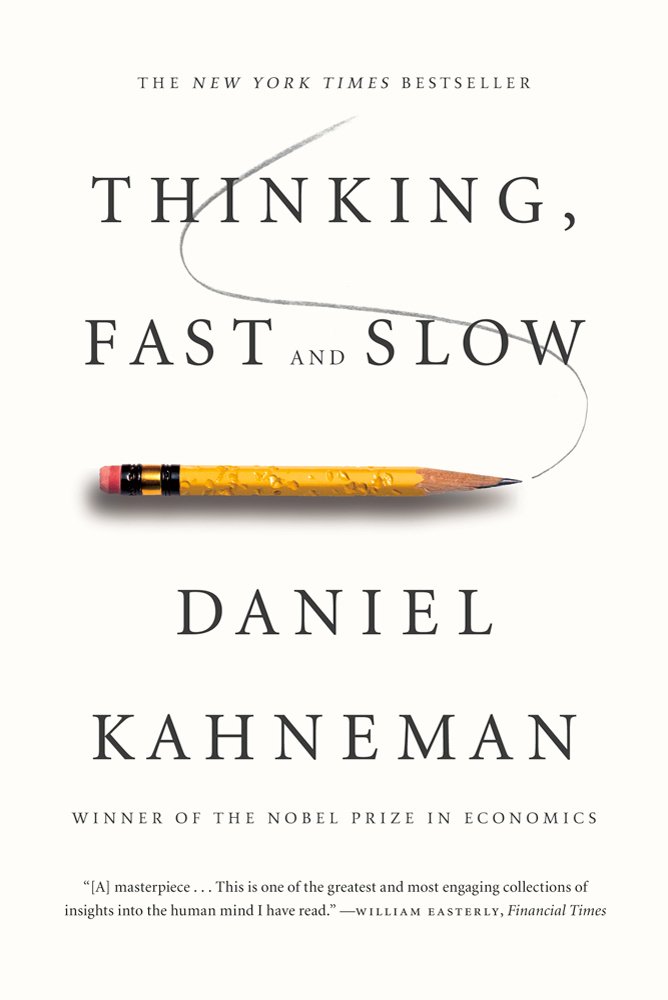Kahneman is must for every investor who wants to improve. His 2011 book, Thinking, Fast and Slow, is an exploration of the “biases of intuition” that dominate the human decision-making process, and which often lead to “severe and systematic errors.”
Kahneman’s purpose is not the financial markets, but every active investor will recognize his personal experience in the description of the many tricks the intuitive brain will play.
This book raises questions (and hints at answers) about two fundamental dilemmas for investors: ‘How can I improve my own investment decision-making process?’ and ‘Assuming we accept the commonplace ‘psychology moves markets,’ is it possible to use this knowledge about how individuals make decisions to analyze market action at the macro level?’
This book gives an excellent roadmap for individual progress. Kahneman establishes a taxonomy of psychological biases and a vocabulary for talking and thinking about what is going on in the brain at decision time – a “cognitive minefield.”
Three critical stepping-stones along the way will be the “water-cooler” (since groups help recognize missteps), an enforced delay to reduce the influence of the intuitive brain, and a pre-defined process for decision.
But that’s easier to say than it is to do, which he acknowledges when he writes: “My intuitive thinking is just as prone to overconfidence, extreme predictions, and the planning fallacy as it was before I made a study of these issues.”
Nevertheless, learning to be self-aware should help you make better decisions.
What about markets? Prices are established when willing buyers and sellers come together, each of them in the mire of a different cognitive minefield, so obviously their urges to action are offsetting.
When prices start moving on an uptrend, many of the biases Kahneman identifies will kick in: winning investors will feel more confident and start to salivate over the gains to come. They will find confirming evidence more available and favorable media coverage will enhance these powerful emotions.
Other investors will want to associate with the winning strategy, driving prices higher than early investors would ever have dreamed possible.
Kahneman would not be surprised that trends, either up or down, will regularly go to much greater excesses than conventional equilibrium value analysis would suggest.
By itself, this is a very useful insight, but does Kahnemen offer ideas that might help identify the psychological basis for the end of such a trend? Not that I could identify, but I will be grateful for any thoughts you might have. Until then, I will continue to focus on Kuhnian “anomalies” and Soros’ “falsifiable hypotheses.”


